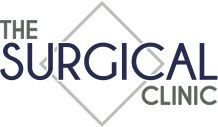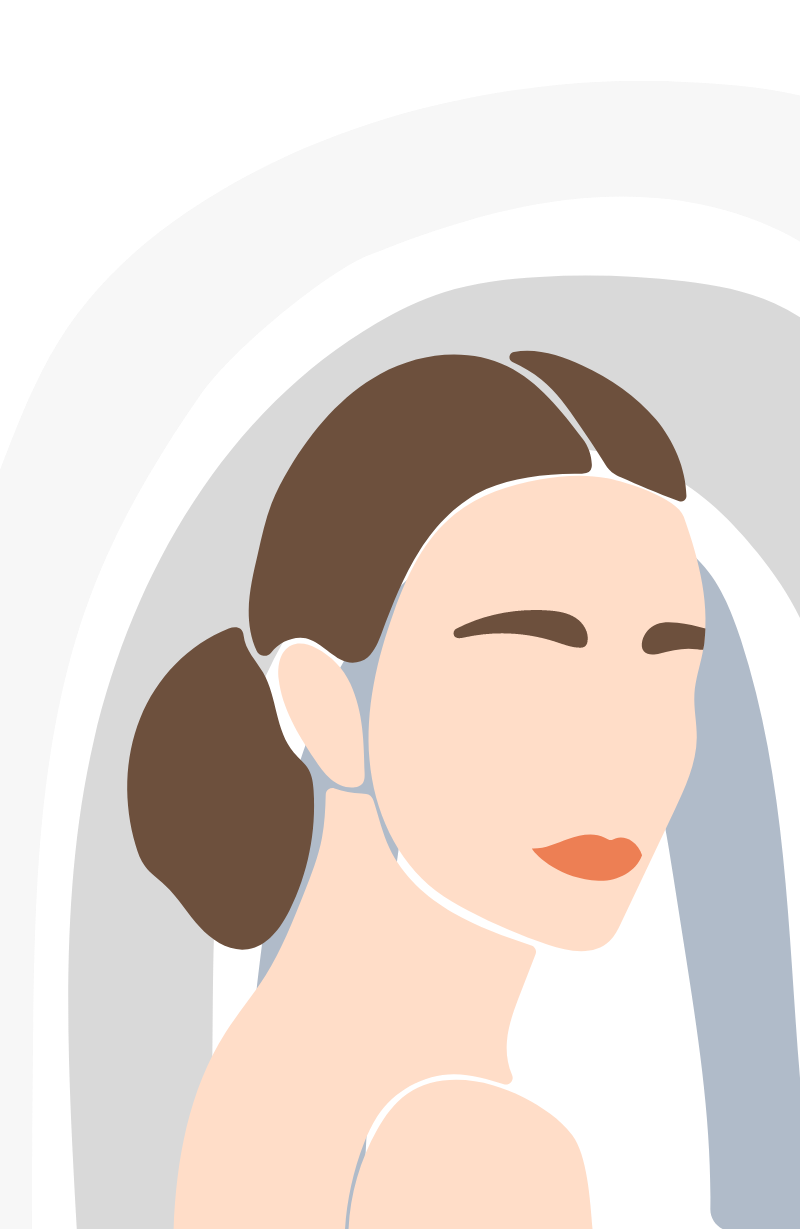Facial plastic surgery
Face Procedures
→ EYELID SURGERY
reduce dark circles or bags under the eyes, remove wrinkles, lines, and puffiness
→ CHIN AND CHEEK IMPLANTS
permanent solutions to rejuvenated and youthful facial features
→ FACELIFT
smooth and firm the skin which provides the patient with a youthful appearance.
→ EAR SURGERY
reduce the protrusion of the ears away from the head or “ears that stick out.
→ NOSE SURGERY
reshape the nose
TYPES OF
facial procedures
Blepharoplasty
Eyelid Surgery
Blepharoplasty, commonly known as eyelid surgery, is a corrective procedure to reduce dark circles or bags under the eyes, remove wrinkles, lines, and puffiness.
Reasons for considering blepharoplasty include:
→ dark circles or bags under the eyes
→ skin or excess skin surrounding the eyelids
→ puffiness or tired appearance
This surgery involves tiny incisions made in the natural contours around the eyes. Work is first done on the upper eyelids to tighten loose skin and remove excess skin. Then the lower eyelids are done to get rid of dark circles and puffiness. The surgery normally takes one to three hours and may be done in the surgeon’s office.
Following surgery, patient orders include rest, limited movement and pain medications if needed. The healing process for this surgery is a bit longer than most other types of cosmetic surgery.
Chin & Cheek Impants
A strong jawline with high cheekbones together with the eyes form the most photogenic aspects of a person’s face. Your profile can be enhanced when your facial proportion and balance are improved. Chin and cheek facial implants are permanent solutions to rejuvenated and youthful facial features.
Nonsurgical chin & cheek options:
→ Evoke
→ dermal fillers
→ PDO threads
Rhytidectomy
Facelift
A facelift, also known as a rhytidectomy, is a surgical procedure to smooth and firm the skin which provides the patient with a youthful appearance.
Reasons for considering a facelift:
→ sagging skin, muscles and fat in the face and neck
→ excess skin and fat on the neck
→ sagging jawline
→ crease lines along the nose, mouth and chin
During this surgery, small incisions are made inside the hairline following the contour in front of the ear and continuing under the earlobe to the back of the ear and lower scalp. Tissue and fat deposits are separated, skin stretched and tightened and excess skin removed.
For neck procedures, an incision is made under the chin where the same process tightens the skin. Very small stitches are used to close these incisions and metal clips or staples used at the hairline. A face life may take several hours depending on what procedures are scheduled for the patient.
Following surgery, patient orders include rest, limited movement, bandages to decrease recovery time and swelling and pain medication if needed. Stitches, clips or staples are normally removed within a week.
Otoplasty
Ear Surgery
Otoplasty, surgery of the ear, is a surgical procedure done to reduce the protrusion of the ears away from the head or “ears that stick out.”
Reasons for considering otoplasty:
→ ears that protrude out from the head too much
→ correction of lop ear (folded ear tips)
→ reshaping of earlobes
→ correction of congenital defects
→ correction of an accidental injury.
Otoplasty surgery is performed under general anesthesia for children and local anesthesia for adults. It begins with an incision hidden in the crease behind the ear. For standard otoplasty, the incision allows the cartilage behind the ear to be reshaped and positioned closer to the head. This procedure takes one to two hours.
Following surgery, large bandages are wrapped around the head to secure the ear and help with healing. Patient orders include rest, limited movement and pain medication if needed. Bandages are normally removed within a week and replaced with smaller dressings until the site is fully healed.
Rhinoplasty
Nose Job Surgery
Rhinoplasty, also known as nose surgery or a nose job, is a surgical procedure to reshape the nose.
Reasons for considering rhinoplasty:
→ cosmetic reasons; to create a more pleasing look
→ reduce or correct the size of the nose
→ reform a crooked nose
→ restore the nose if damaged in an accident
→ help with breathing problems by rebuilding the nasal passages
→ treat nasal deformities caused at birth.
What to expect:
Small incisions are made to allow the surgeon access to the nasal structure. The cartilage and bone are reshaped to form the new look. There are two methods for this surgery – open and closed.
The open method allows most visibility and control of the procedure with the incision placed between the nostrils on the medial nostril strip. The closed method, all incisions are internal, healing faster, but with less surgical control.
Recovery:
Rhinoplasty surgery takes from one to three hours, depending upon the reason for surgery. Following surgery, patient orders include rest, limited movement, splint/bandages to prevent movement of the nose, no smoking for several weeks after surgery and protection of the nose from the pressure of eyeglasses as well as protection from too much sun.

